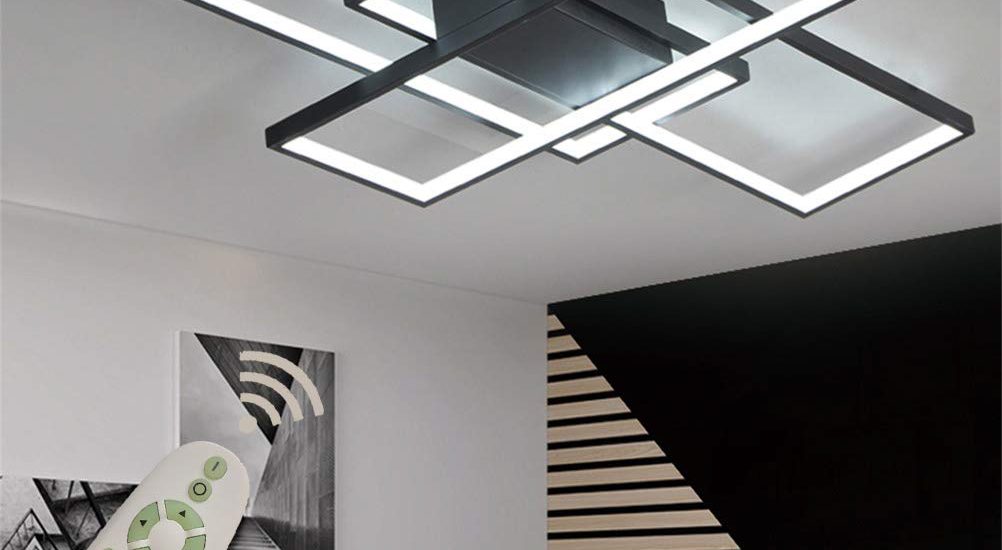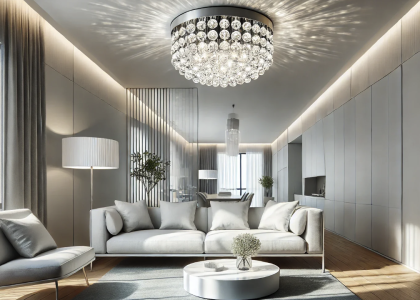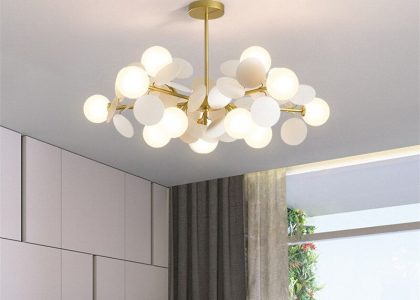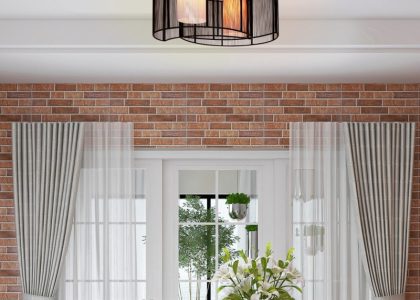Introduction
Lighting plays a crucial role in creating a comfortable and inviting atmosphere in our homes and workplaces. However, traditional lighting methods consume a considerable amount of energy, which not only results in high electricity bills but also contributes to environmental degradation. Zero lighting presents an innovative solution to this problem, offering energy-efficient and stylish illumination. In this article, we will explore the benefits of zero lighting and how it can transform your space.
What is Zero Lighting?
Zero lighting, also known as zero energy lighting or net-zero lighting, is an energy-efficient lighting solution that aims to reduce or eliminate energy consumption. It achieves this by combining various technologies, such as efficient LED lighting, occupancy sensors, daylight controls, and renewable energy sources, to create a lighting system that operates with minimal energy consumption.
Benefits of Zero Lighting
Energy efficiency is the most significant advantage of zero lighting systems. By reducing or eliminating energy consumption, homeowners and businesses can significantly lower their electricity bills and their carbon footprint. In addition, zero lighting systems can improve the quality of light in a space, providing better visibility and reducing glare. They can also create a more comfortable and inviting atmosphere, improving productivity and well-being in workplaces and enhancing the ambiance in homes.
How Zero Lighting Works
Zero lighting works by combining various energy-efficient technologies. LED lighting is the most popular choice for zero lighting systems because it consumes significantly less energy than traditional lighting options. Occupancy sensors and daylight controls are also used to turn off lights automatically when a room is unoccupied or when natural light is available. Renewable energy sources, such as solar panels, can generate electricity to power the lighting system, reducing or eliminating the need for grid electricity.
Types of Zero Lighting
There are various types of zero lighting systems that you can choose from depending on your needs and preferences. Some of the most common types include:
Solar-Powered Lighting
Solar-powered lighting uses solar panels to collect energy from the sun and convert it into electricity to power the lighting system. It is an excellent option for outdoor lighting, as it can be installed in areas that are not connected to the grid.
Occupancy Sensor Lighting
Occupancy sensor lighting uses sensors to detect the presence of people in a room. It turns on the lights automatically when someone enters the room and turns them off when the room is unoccupied, reducing energy consumption.
Daylight Harvesting Lighting
Daylight harvesting lighting uses sensors to detect the amount of natural light in a room. It adjusts the lighting output accordingly, reducing energy consumption and creating a more natural and comfortable lighting environment.
Zero Lighting Design Considerations
When designing a zero lighting system, there are several factors to consider, including:
Room Layout and Function
The layout and function of a room should inform the design of the lighting system. For example, task lighting may be more appropriate in a work area, while ambient lighting may be more suitable for a living space.
Lighting Control Options
Lighting control options, such as dimming and zoning, can improve energy efficiency and create a more comfortable lighting environment.
Energy Source
Choosing the right energy source for a zero lighting system is vital for achieving energy efficiency. Solar panels, wind turbines, and other renewable energy sources can provide clean and sustainable energy to power the lighting system.






